In your baby’s first year, it usually feels like everything is happening at once because of the quickfire significant changes and developments. But, at the same time, you’re being extra cautious and doing everything you can to keep your baby strong and healthy as they go through different stages.
One of the major areas of concern as a baby develops is food and nutrition what to feed your baby and when. As infants progress from breastfeeding as newborns to eating solids at six months, and even afterward, they eat various things; these foods will support your baby’s growth and development.
This post contains a guideline to help you feed your baby throughout their first year.
Newborn
Feeding a newborn requires a 24-hour commitment. It’s also an excellent time to start bonding with the latest addition to your family. How you feed your newborn is the first nutrition decision you make for your baby. Newborns are fed either breastmilk or formula.
Breastmilk: Breast milk is best suited for a baby’s digestive system. It contains the nutrients that a newborn requires, and it is easily digestible. Breast milk contains protective antibodies for babies from various infections, including diarrhea, ear, and lung infections. As a result, breastfed babies have a lower risk of developing medical issues such as diabetes, asthma, and allergies. Breastfeeding may also reduce a child’s risk of becoming overweight.
Formula: Infant formula is a healthy alternative to breast milk. It makes it easy to regulate the baby’s food, allowing the mom more freedom and flexibility. In addition, because the formula is digested slower than breast milk, a formula-fed baby may require fewer feedings than a breastfed baby.
Breastfeeding should be done on demand (whenever your baby is hungry), which should be every 1-3 hours. Formula-fed newborns will likely consume 2-3 ounces every 2-4 hours. Early indications of feeding readiness include moving hands to the mouth, sucking on fists and fingers, and lip-smacking. Subsequent cues include fussing and crying. The sooner you start each feeding, the less likely you’ll need to calm a wailing baby.
1-3 months old
At 1-3 months, breastmilk or formula will still be able to provide all the nutrition that your baby needs. However, your baby’s appetite increases at this age, and you’ll be able to tell when they’re hungry because you’d have established a regular feeding schedule. At this time, your baby should also communicate more clearly.
During the second month, infants may consume 4 to 5 ounces per feeding. Your baby may require an extra ounce at each feeding by the end of three months.
At three months, feeding may become less frequent than when the baby was a newborn. Whether they get their nutrition from breast milk alone, formula, or a combination of both, most babies at this age can consume more milk than before. In fact, most can eat more at each feeding than they could the previous two months (now 5 to 6 ounces on average), so their feedings are less frequent (perhaps six to eight feedings in 24 hours).
4-6 Months old
At four months, breast milk and iron-fortified infant formula remain the leading food in your baby’s diet. However, most babies are ready to try solid foods at this age. Guidelines recommend starting solid foods around six months, depending on the baby’s readiness and nutritional needs. If your baby begins to show readiness for its first solid foods, you can start with pureed foods.
Below are a few signs to know if your baby is ready for solids. They:
- Have good head and neck control and can sit straight up with assistance
- Open their mouth when you offer them food on a spoon
- Demonstrate an interest in food for example, they look at what’s on your plate and reach for your food
- Are ready and willing to chew
6-9 Months old
At six months, your baby’s growth and development require more energy and nutrients than milk alone can provide. To meet growing needs, your baby must begin eating solid foods in addition to breastmilk.
The American Academy of Pediatrics (AAP) recommends exclusively breastfeeding infants for six months. After that, the best age to introduce solid foods is Baby’s half-birthday.
Babies this age should be drinking 6 to 8 ounces of formula 5 to 7 times per day and nursing every 3 to 4 hours. Overall, they should still consume 24 to 36 ounces of breastmilk or formula per day.
Below is a recommended pattern to follow:
- 24 to 36 ounces of formula or breast milk over 24 hours (you’ll probably breastfeed four to six times a day)
- 4 to 9 tablespoons of cereal, fruit, and vegetables per day
- 1 to 6 tablespoons of meat or other protein (yogurt or crumbled egg) per day
At this age, your baby is ready to use Feedi, an all-in-one baby feeding set for kids aged six months and up. Feedi is designed to help make mealtime easier with innovative anti-spill features and 100% dishwasher-safe construction.
At nine months, the baby should be eating a wide variety of foods. Cereal for babies should be fortified to provide the nutrients they require.
9-12 Months old
Babies between the ages of 9 and 12 months are frequently in a transitional feeding stage.
While your 9-month-old baby is still too young for some foods, there are plenty of alternatives they can try at their age. For example, you can comfortably begin to serve your baby finger foods such as small O-shaped cereals, teething crackers, or small pieces of soft fruit, cooked pasta, or vegetables.
If you’re looking for the best way to start your feeding journey, look no further. Fruuti is the most advanced baby fruit feeder available, specifically designed to clean better, waste less, and start soft solids off with a bang!
Note that size matters when feeding 9-month-old babies (especially finger foods). Pieces should be large enough for your baby to pick up but small enough that they do not choke. Aim for cubes that are about a third of an inch in size. That is slightly larger than a common pea. Safe options to try out are:
- Soft fruits like banana
- Dry cereal
- Avocado
- Peas
- Green beans and cooked beans
- Meat and fish
- Sweet potato
- Pasta
Get the advanced baby fruit feeder that makes it easy for your little explorer to get every last drop of their soft solid meal.
Bottom Line
Following a feeding routine throughout the first year of your baby’s feeding is no easy task, but you can do it! And it gets easier as you go along.
Don’t hesitate to call your doctor if you have any questions or concerns about feeding your infant.
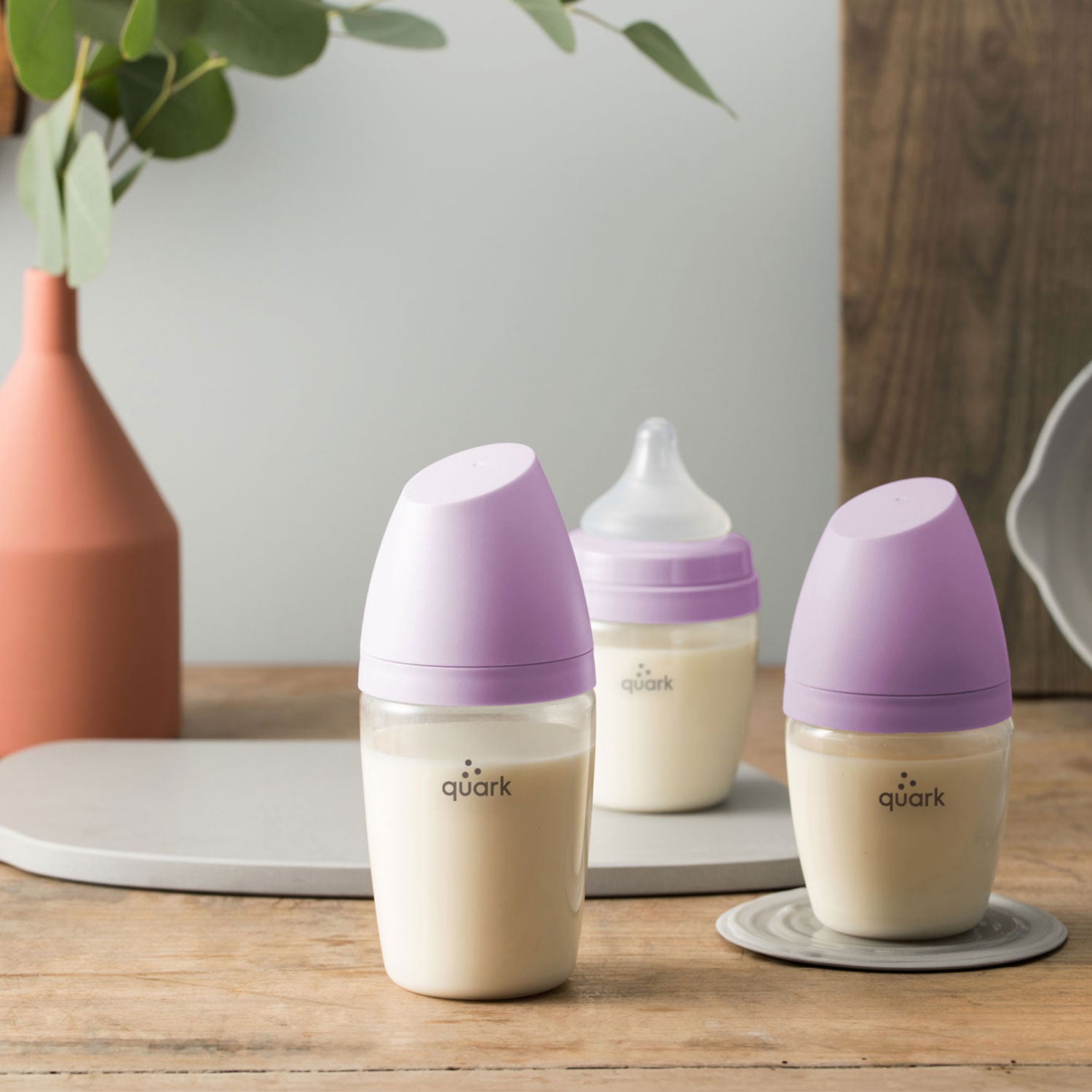
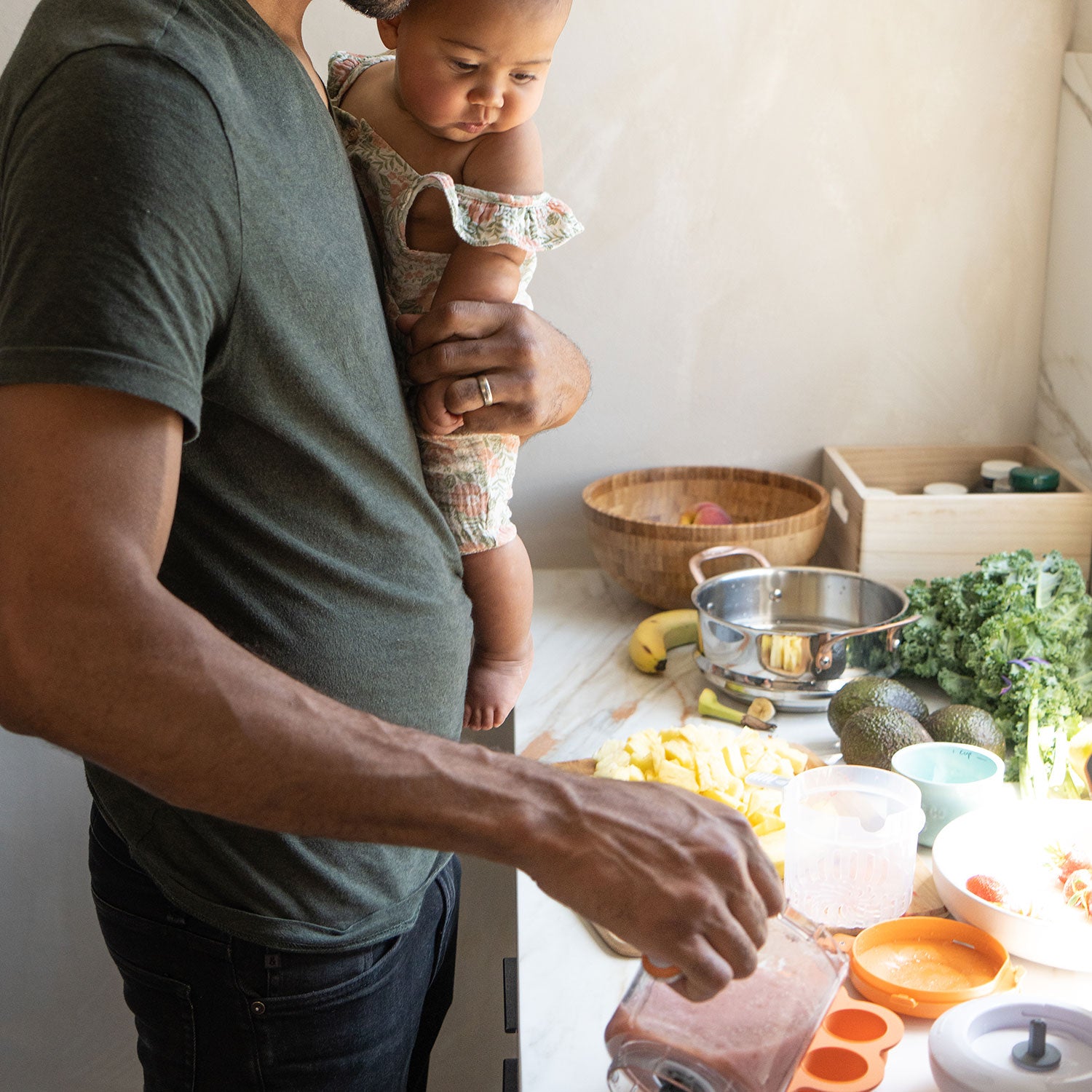



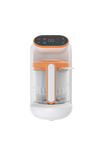
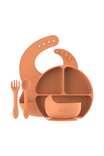
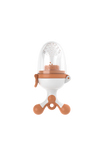
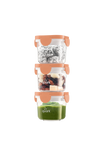
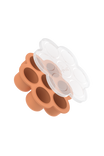

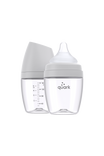
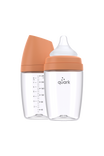

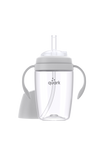
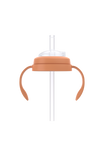
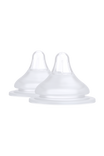

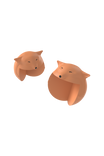
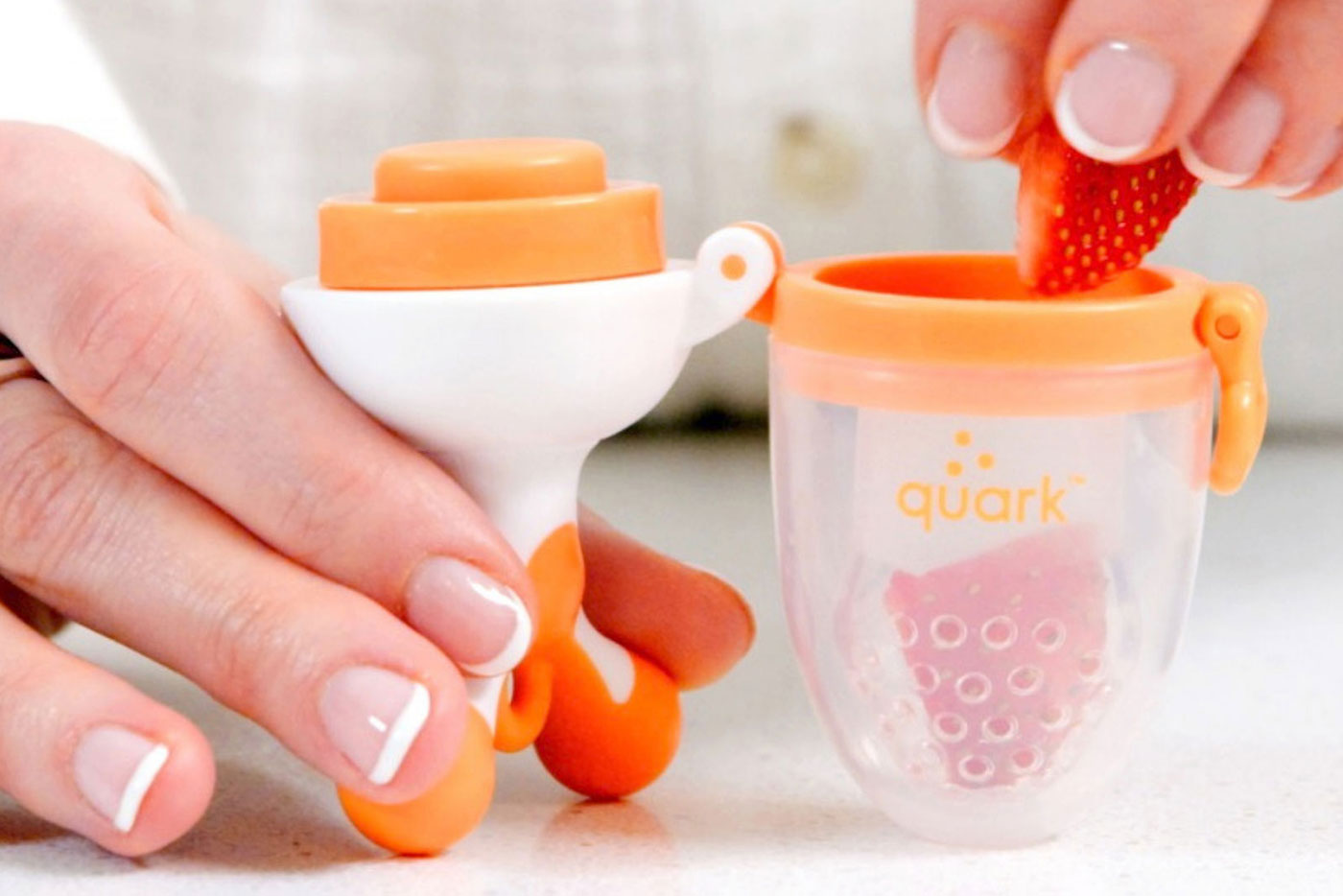


Laisser un commentaire
Tous les commentaires sont modérés avant d'être publiés.
Ce site est protégé par hCaptcha, et la Politique de confidentialité et les Conditions de service de hCaptcha s’appliquent.